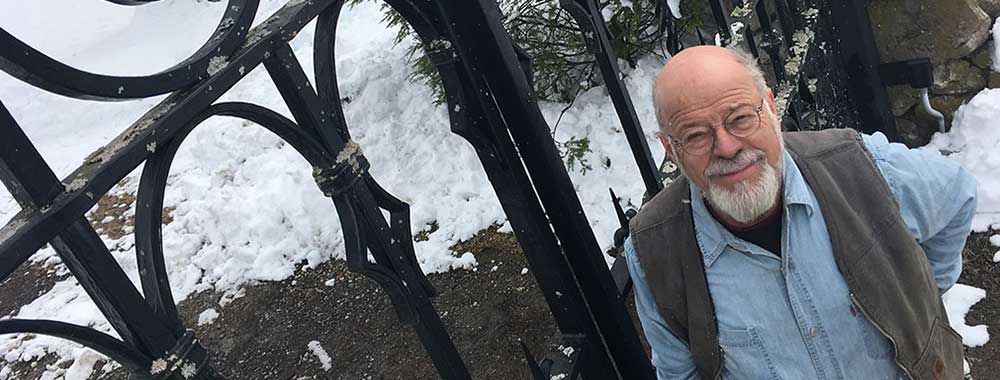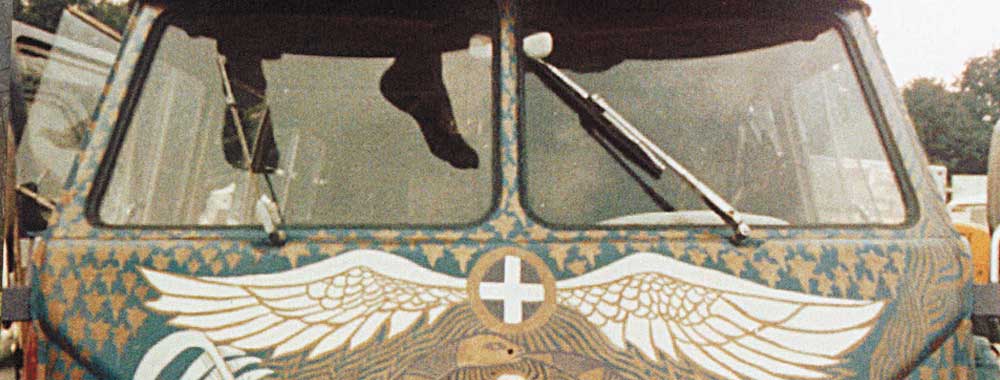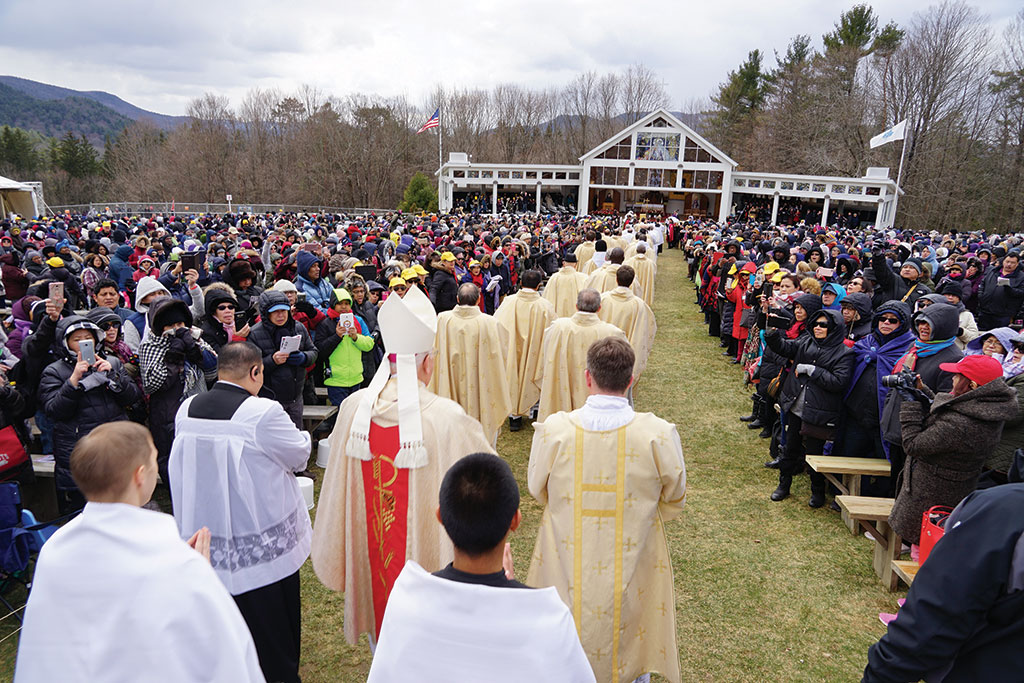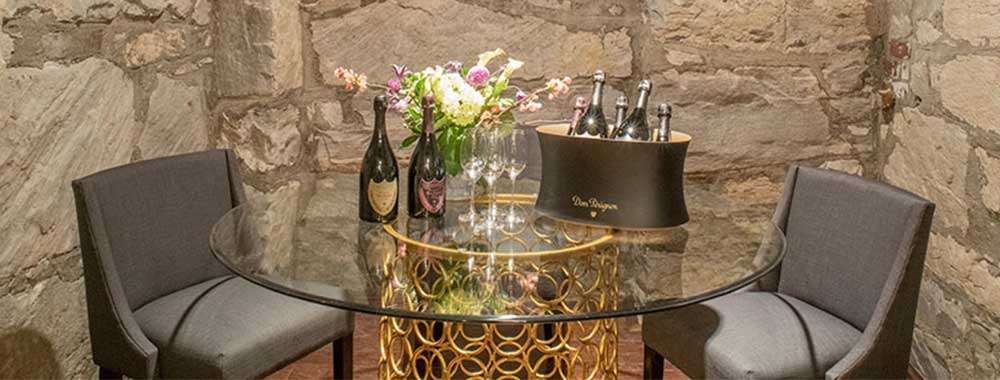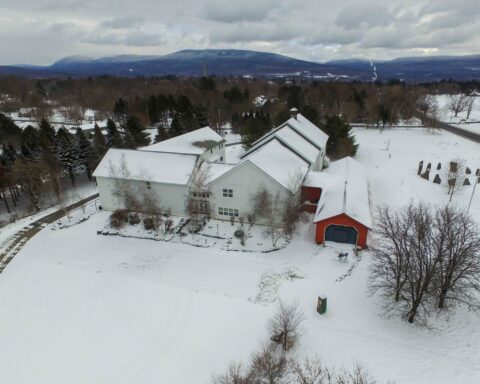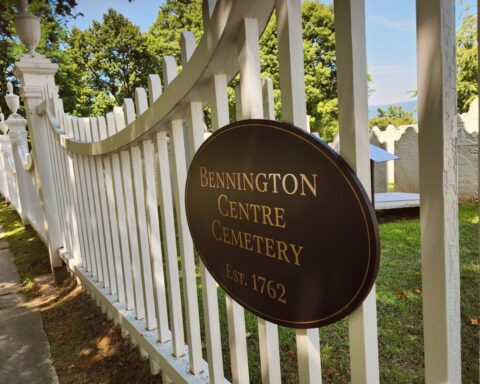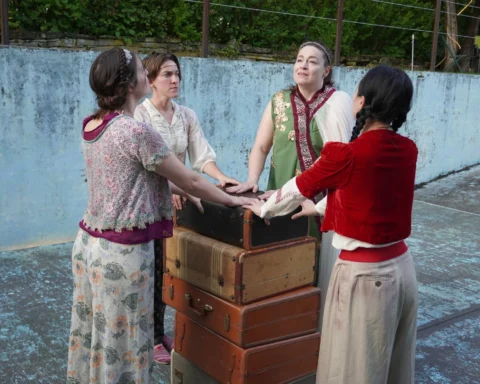Blacksmith John Graney forges a successful career from passion and persistence
 Photo courtesy of John Graney.
Photo courtesy of John Graney.
By Felix Carroll
Berkshire County’s most famous manipulator of metal is digging around the disheveled entryway to his blacksmith shop in Sheffield, Mass., trying to find an object that marked the turning point in his career.
“Oh, there it is,” he says, presenting a roughly 7-inch-long piece of steel. Clearly, it’s a, a, a —
“It’s a letter opener,” says John Graney.
Of course: a letter opener. He made it decades ago, back when he was a long-haired, hyper-attentive trainee trying to overcome his formidable deficiencies in hand-eye coordination.

For a man whose work is now showcased in hotels and townhouses in Manhattan, in Ivy League institutions, including Harvard University and Williams College, in the hilltop estates of the Berkshires and in the McMansions of New Jersey, Graney is going to have to explain himself as to why that mundane little shaft of dull steel has such consequence.
“Look at the welding, the scrolls, the twists and tapers,” he says. “This simple letter opener contains the basic skills of forging.”
In other words, it’s a 7-inch-long dissertation on blacksmithing. It’s also a proper symbol for the vocation of the owner and namesake of John F. Graney Metal Design who is now 40-plus years deep into a career pounding and bending red-hot steel bar stock into railings, fences, gates, furniture and other beautifully useful objects.
Initially, before all the twists and tapers, Graney’s plan was to be a botanist. That’s what the New Jersey native studied in college, at the University of Wisconsin. Turns out, there weren’t a whole lot of botanist jobs by the time he spilled out into the working world of the 1970s. Employed at an orchard in rural Wisconsin, he was sent to welding school by his boss, who needed someone around who could fix broken wagons and axles and metal doohickeys of every sort. While in welding school, Graney came across a blacksmithing magazine, Anvil’s Ring. Thumbing through it, he came upon a photo of a forged iron rose. He was smitten.
“I was like, ‘Holy moley, I want to do this!’” he recalls.
He managed to get the magazine’s mailing list and then wrote “a really cornball letter,” which he proceeded to send out to some 300 blacksmiths across the United States, requesting a job as an apprentice. He received about 150 responses, most of which said something along the lines of, “If you can work as well as you bullsh–, stop in.”
It was 1975. He was 25 years old, sporting a big, scruffy beard and a ponytail down to his waist. Graney says he wasn’t an impressive sight. Even less impressive were his skills.
“Most of them threw me out within two days,” he says. “I really sucked. Just a mess.”
Undeterred, he eventually landed an apprenticeship with the blacksmith Bob Bergman, back in Wisconsin, who proceeded to show him the rudiments. The first piece he forged was a simple “J” hook. It took him nearly two hours, and then he burnt it to a crisp after leaving it in the fire for too long. But soon he was making fireplace tools, thumb latches, candleholders and hinges.
He loved it — the smell of the coal smoke and the rhythmic sound of hammer blows against the anvil, the magic of manipulating by means of heat and pressure an element normally perceived as solid and immobile. Bergman eventually shoved Graney out of the nest, encouraging him to go fly on his own.
But in these early, knowledge-absorbing days, Graney kept in mind a sign he once saw over the door of a 15th-century blacksmith shop he visited in Europe. In Latin, it said, “The life so short, the craft so long to learn.”
“It took me three years before I felt confident enough to hang my shingle out as a blacksmith,” he says.

Finally, with a $5,000 loan from his uncle, he opened his first shop in a barn in Wisconsin. It had no electricity. He ran an extension cord to a nearby milk house and soon was in business. Sort of.
Most of the work he received was from nearby farmers, “but they were the only ones around poorer than me, and they were paying me in bales of hay and sides of beef and eggs.”
Again, he hit the road, this time landing a position with a Texas blacksmith from whom he learned to forge ornate animal heads and leafs and basket twists.
“It was amazing, people’s responses to this stuff,” Graney recalls. He learned to use two seemingly unrelated nonmetal working experiences.
The first, from his botany work, where he had become adept at sketching what he saw under the microscope and out in the field in the style of James Audubon — that is to say, the forms of nature, rich but not busy. The second, from a summer job he had back in high school and college laying driveways, which taught him to “see” what he was “looking at” — that is to say, low and high spots would cause puddles and problems with drainage. Low and high spots can cause problems in the structural integrity of forged steel as well.
After another stint in Wisconsin, Graney was making a name for himself. He was winning awards in crafts competitions across the country. He soon accepted a teaching position in Germany, followed by a blacksmith-in-residence position at the Peters Valley Crafts Center in New Jersey before opening his own shop in Union County, N.J., in 1993.

Upon the invitation of a student of his, a Berkshire native, Graney soon visited Berkshire County for the first time. “I couldn’t believe it,” he says. “It was just like what I left in Wisconsin, where there were a lot of flatlanders coming up and getting second homes and building on the tops of ridges — amazing houses. They all wanted fancy this and fancy that. Exact same thing, with all its arts and intelligentsia and real respect for the working craftsman.”
He and his wife, Laurel, and their two daughters packed up and settled in Great Barrington. He opened his present shop on Route 7 in 1998 and now has a full-time staff of five who pound out elaborately-rendered architectural metalwork, almost entirely all of it custom made.

You can see their work. The front gate to High Lawn Farm — that’s Graney’s — as are the railings outside the Mahaiwe Performing Arts Center, the metal work along Great Barrington’s Housatonic River Walk, and the railing inside Hotel on North in Pittsfield, to name a few.
He put his botany skills to use when working on the large stair and balcony rail for the Mohegan Indian Senior Tribal Center in Connecticut, using a book he found called “Flora and Fauna of the Connecticut Hills,” from 1936.
The work is as much of a gas for Graney now as it was decades ago. “And I love the expression on the faces of people who see what we do,” he says. “The first thing they say is, ‘How did you do it?’” •
Felix Carroll is a freelance writer who makes his home with his family in theBerkshires.
